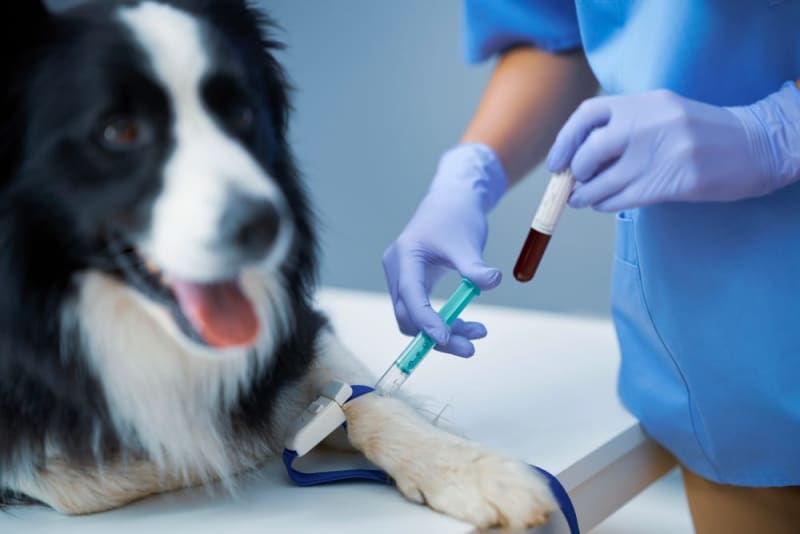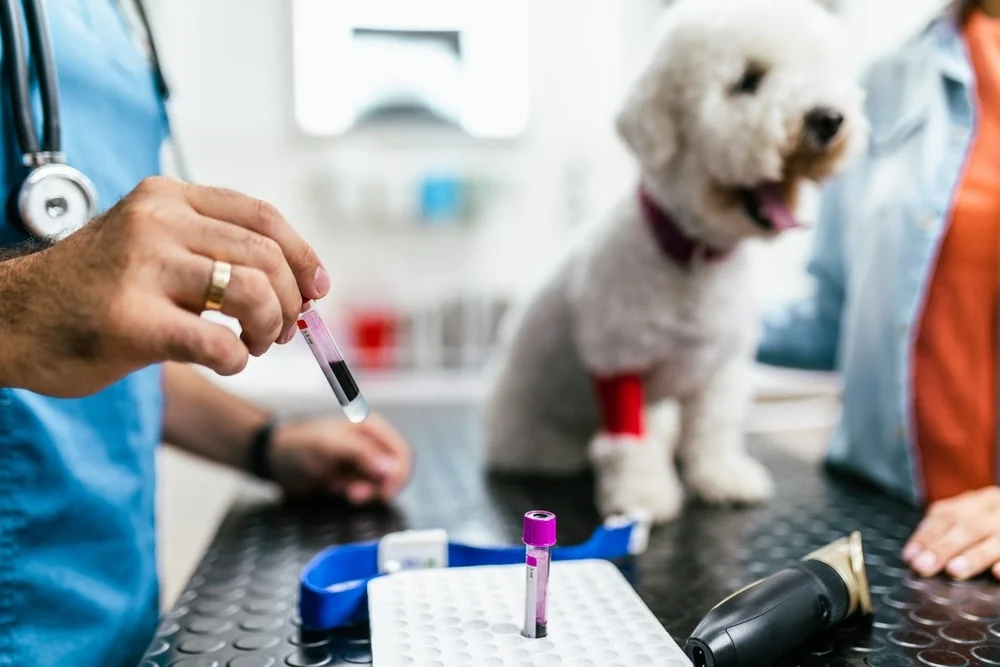Pet Blood Test Procedure: A Clear Guide
Pet blood tests reveal health issues. They help diagnose diseases early. Owners often feel anxious about the process. Understanding it eases worries. This guide explains the steps clearly. It keeps you informed and prepared. Blood tests are vital for pets. They detect infections, organ issues, or anemia. Vets rely on these tests. You can support your pet better. Let’s dive into the procedure. It’s simpler than you think. Knowing this builds confidence. Your pet deserves the best care.

Why Blood Tests Are Needed
Blood tests check your pet’s health. They reveal hidden problems fast. Vets use them for routine checkups. Or to diagnose specific symptoms. Tests show liver or kidney issues. They detect diabetes or infections. Blood tests guide treatment plans. For older pets, they’re crucial. Regular tests catch issues early. They monitor chronic conditions too. Some tests check for parasites. Others assess blood cell counts. Each test serves a purpose. Owners gain peace of mind. Vets get accurate data. This ensures proper care. Blood tests save lives.
Preparing Your Pet
Preparation starts at home. Fasting may be required. Vets often ask for this. It ensures accurate test results. For dogs, no food for 8 hours. Water is usually allowed. Cats may need fasting too. Check with your vet first. Keep your pet calm. Anxiety affects test results. Avoid intense play before testing. A relaxed pet cooperates better. Bring their favorite toy. Or a comforting blanket. Schedule the test early. Morning visits reduce stress. Inform the vet about medications. Some drugs alter blood results. Share your pet’s medical history. This helps the vet prepare. Proper prep makes things smoother.
At the Veterinary Clinic
Arrive on time for the appointment. A calm demeanor helps your pet. The vet explains the process. They answer any questions. The clinic environment is sterile. This prevents infections during sampling. Staff may weigh your pet first. They check basic vitals too. The vet chooses the sampling site. Usually, it’s the neck or leg. The jugular vein is common. It provides a good sample. For small pets, smaller veins work. The area is shaved clean. This ensures clear access. Antiseptic cleans the skin. It reduces infection risks. The process is quick. Your pet feels minimal discomfort. Stay calm to reassure them.
The Blood Collection Process
The vet uses a small needle. It’s inserted into the vein. Blood flows into a syringe. Or a special tube. The amount depends on tests. Usually, a few milliliters suffice. For dogs, 5-10 ml is common. Cats need less, about 2-5 ml. The needle is very thin. This minimizes pain for pets. A skilled vet works fast. The process takes 1-2 minutes. Your pet may flinch slightly. Holding them gently helps. Vets use a steady hand. They avoid bruising the area. After collection, they apply pressure. This stops any bleeding. The sample is sealed properly. It’s labeled for lab testing.
Post-Collection Care

After the test, monitor your pet. The puncture site may be sensitive. Check for swelling or redness. These are rare but possible. Keep the area clean. Avoid letting your pet scratch. The vet may give advice. Rest is important for recovery. Offer water right away. A small treat calms them. Avoid heavy exercise that day. Watch for unusual behavior. Lethargy or pain needs attention. Call the vet if concerned. Results take a few days. Some tests return faster. The vet explains the findings. They suggest next steps. Follow their advice closely. This ensures your pet’s health.
Potential Risks and Concerns
Blood tests are generally safe. Complications are very rare. Minor bruising may occur. Or slight swelling at the site. Infections are uncommon with proper care. Some pets feel stressed. This is normal during procedures. Fainting is rare but possible. Especially in nervous pets. Vets monitor for this. They act quickly if needed. Repeated tests may be required. This happens with unclear results. Or to monitor ongoing conditions. Owners should stay calm. Your pet senses your emotions. Risks are minimal with professionals. Trust your vet’s expertise. They prioritize your pet’s safety.
Understanding Test Results
Results vary by test type. A complete blood count checks cells. It shows anemia or infection. Biochemistry profiles assess organs. They reveal liver or kidney issues. Thyroid tests check hormone levels. Each result guides the vet. They compare values to norms. Abnormal results prompt further tests. Vets explain results clearly. Ask questions if unsure. Understanding helps you act fast. Some results need urgent care. Others suggest lifestyle changes. Like diet or exercise adjustments. Regular tests track improvements. This keeps your pet healthy. Knowledge empowers you as an owner.
Conclusion
Blood tests are essential for pets. They uncover health issues early. The procedure is quick and safe. Preparation reduces stress for everyone. At the clinic, vets handle everything. They ensure minimal discomfort. Post-care is simple but important. Monitor your pet afterward. Understand the results to act. Regular tests prevent serious issues. Your pet relies on you. Stay proactive with their health. This guide equips you well. Trust your vet and stay calm. Your pet will thank you. Healthy pets bring joy daily.
